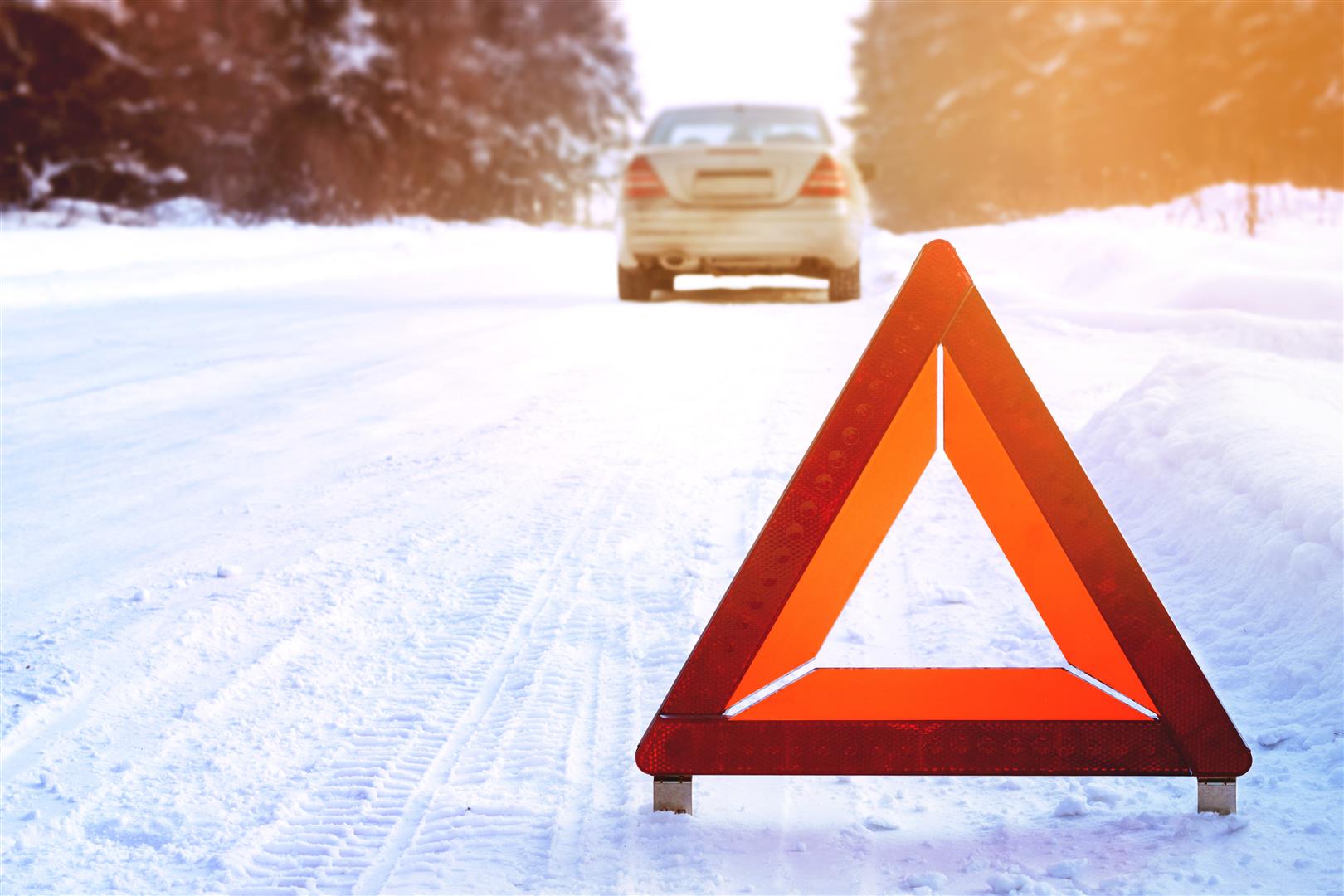What to Do If…?

Drive long enough, and unfortunately, something will go wrong. Maybe not terribly wrong, but not every trip is a smooth one.
We’ve chronicled some of these situations previously in addressing what to do if you hit a pothole and “How to Protect Your Car and Stay Safe on the Road.” Here are several more “what if…” scenarios and some recommendations on what can be done in those situations.
What to do if… your car overheats.
If the temperature gauge light has come on and you are in heavy traffic with no immediate place to turn, you might be able to keep your car going briefly if you turn on the heat full blast. That is certainly not ideal if it the summer, but the idea is to take heat away from the engine in order to cool it down.
If that doesn’t work, turn on your hazard warning lights, pull over as soon as you can, and turn off your engine. Have it towed to Milex Complete Auto Care as soon as possible so our professionals can inspect your vehicle.
Otherwise, if you don’t pull over and keep driving, you may find your car stops in the middle of the road on its own.
What to do if… you have a tire blow out.
Every tire and traffic situation will be different, so it’s hard to say exactly what you should do. In most cases, you should lightly tap the gas pedal to stabilize the car and then ease your way toward the side of the road. It is not considered a good idea to brake. You want the car to slow down on its own, and the flat tire is helping you do that. Gently steer your vehicle to the side of the road, and flash on your hazard lights so other drivers are aware of your disabled car.
What to do if… your car slides on ice.
Again, every situation is different, and not all cars are alike, but generally, remember the following:
Don’t panic – sliding on the ice is scary and sometimes terrifying, but this is a moment where you need to be thinking clearly.
Perhaps the most important thing to remember is to not slam on the brakes. That will just make things worse and can cause your car to further slide out of control.
If you have anti-lock brakes, however, you should keep your foot on the brake, but don’t pump the pedal. You may feel the brake pedal and pulse back against your foot, but that’s a normal reaction with antilock brakes.
You may need to try to “turn into the slide.” In other words, if your car is drifting to the right, and the front of your car is pointing left, you’ll want to turn right to straighten the car. That’s going to feel instinctively wrong, but if you gently steer right, your car should get back in the direction you intended. Gently and carefully steering, when you’re on ice, until you get control over your car, is the best recommendation.
What do to if… your gas pedal sticks.
This can a rare occurrence, especially with newer cars, but if it does happen, experts suggest that you push the brake firmly with both feet and hold it down until you come to a stop. If that isn’t working, put the car in neutral. As a last resort, you can turn off the engine, but that will make it very hard to have any control over your car.
What to do if… your brakes fail.
This is luckily an extreme and rare situation. This is the time to turn on the hazard lights, experts say, and you may need to use your horn. Switch to a lower gear, which will help the car slow down. If you have antilock brakes, and you’re continuing to try to get the brakes to work, press down on the brake firmly. If you have standard brakes, pump them, using short taps.
At the first sign of any problems with your car, please remember to bring it to your nearest Milex or Mr. Transmission to get it inspected. We’ll inspect and service your car to help keep you and others safe on the roads.